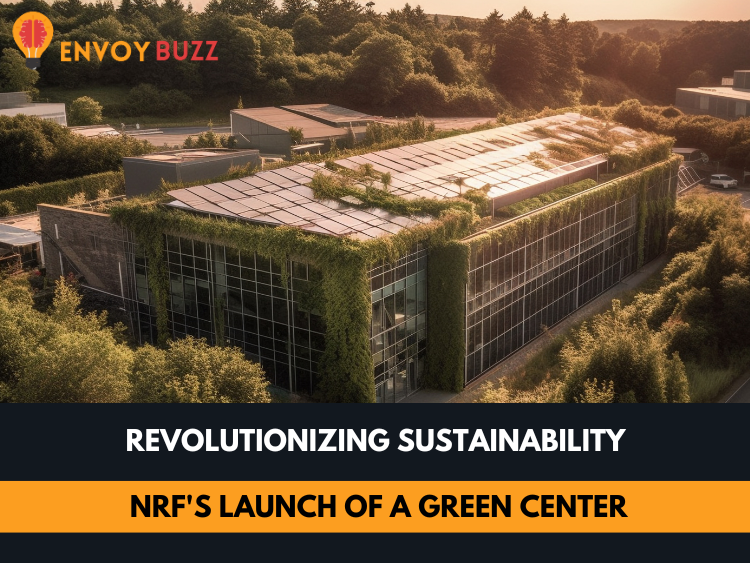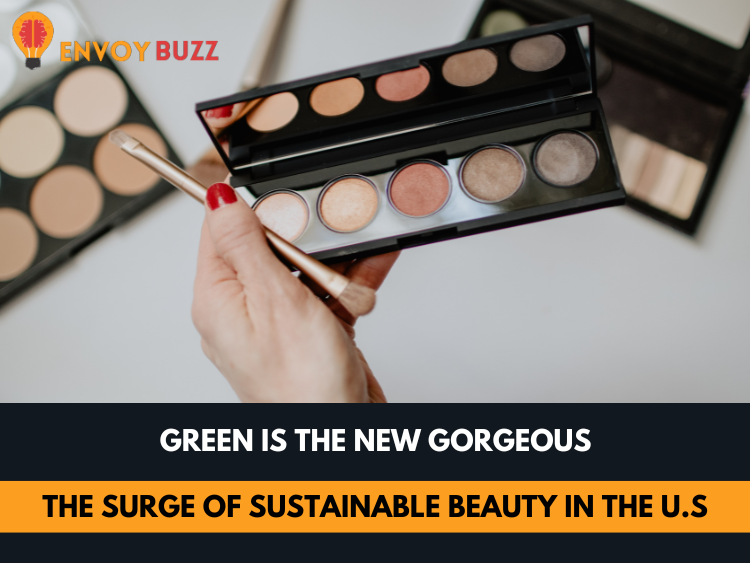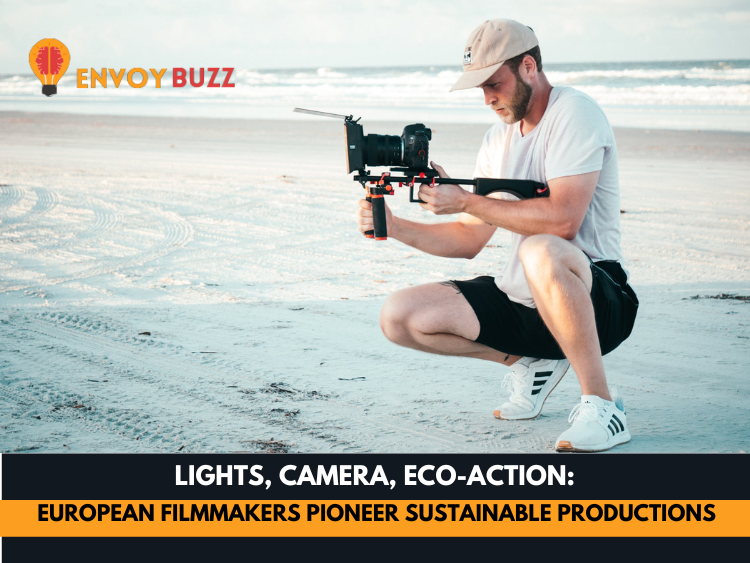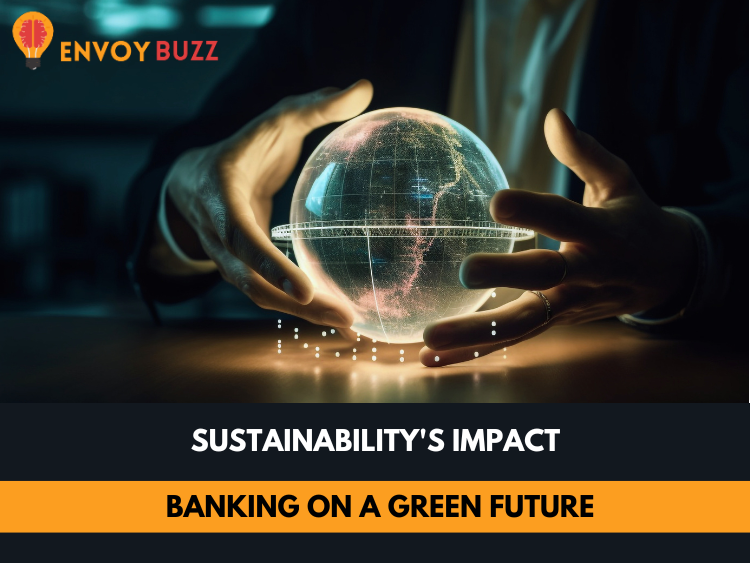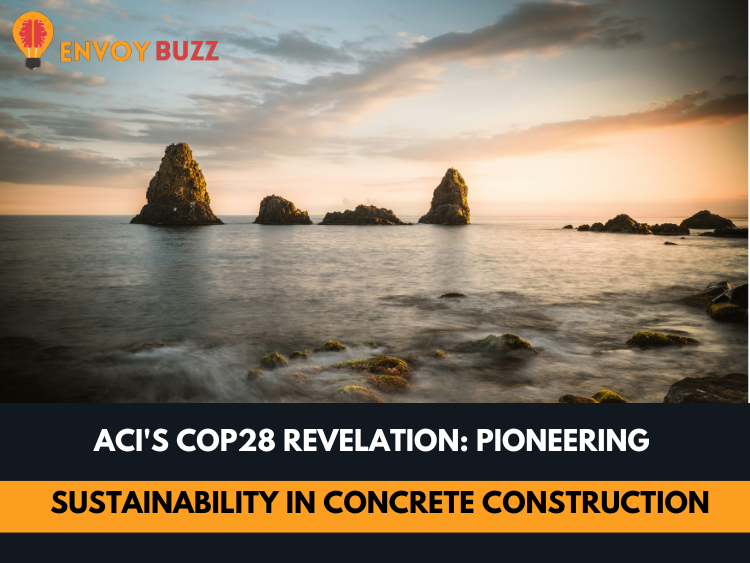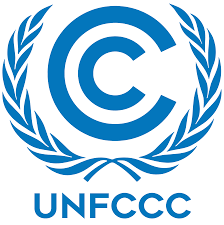In a world grappling with environmental challenges, the need for sustainable practices has never been more urgent. Repurposing materials is a key aspect of sustainability, and recent innovations have given rise to many exciting possibilities.
This blog explores cutting-edge materials that are not only inventive but also contribute to a more sustainable future.
1. Bioplastics: A Biodegradable Alternative
The Problem with Traditional Plastics
Traditional plastics pose a significant threat to the environment due to their non-biodegradable nature. Enter bioplastics — a revolutionary alternative. Derived from renewable resources like corn starch and sugarcane, bioplastics break down more easily, reducing the burden on landfills and oceans.

2. Mycelium: Nature’s Sustainable Building Block
Harnessing the Power of Fungi
Mycelium, the root structure of fungi, has emerged as a versatile material for various applications. Not only is it biodegradable, but it also requires minimal energy to grow. Companies are now using mycelium to create packaging materials, insulation, and even furniture.

3. Recycled Ocean Plastic: Turning the Tide on Pollution
Transforming Trash into Treasure
The oceans are facing a crisis with tons of plastic waste threatening marine life. Innovative initiatives are repurposing this ocean plastic into usable materials, such as clothing, furniture, and packaging. By giving new life to discarded plastic, we can help combat the pollution of our oceans.

Ocean Plastic Revolutionizes Fashion and Beyond
The topmost products recycled from oceans include many everyday essentials, showcasing the transformative power of repurposed materials.
- Athletic Apparel: Leading brands like Adidas, H&M, and Soulface have released athletic wear made from ocean plastic, reshaping the landscape of sustainable fashion.
- Footwear with a Cause: Durable and breathable shoes, crafted from recycled ocean plastic, offer a stylish and environmentally conscious alternative for conscious consumers.
- Sunglasses and Beyond Sunglasses from suppliers like Sea2See and Norton Point feature frames made from reclaimed ocean plastic, making a fashion statement with a positive environmental impact.
- Procter and Gamble’s Sustainable Soaps: Even consumer goods giant Procter and Gamble has joined the movement, releasing soap and detergent products with bottles made from post-consumer recycled plastic, including 10% marine plastics.
4. Upcycled Textiles: Fashioning a Sustainable Wardrobe
Redefining Fashion Sustainability
Fast fashion has a significant environmental impact, but the rise of upcycled textiles offers a solution. Designers and brands are repurposing discarded fabrics and garments to create new, stylish pieces. This not only reduces textile waste but also promotes a more sustainable approach to fashion.

5. Papercrete: Reinventing Construction Materials
Building Green with Paper
Traditional concrete production is resource-intensive and contributes to carbon emissions. Papercrete, a mixture of paper pulp, Portland cement, and sometimes additional fibers, presents a sustainable alternative. It is lighter, more insulating, and reduces the demand for traditional concrete ingredients.

The repurposing revolution is underway, and these innovative materials are at the forefront of sustainable practices. By adopting these alternatives, we can significantly reduce our environmental footprint. From bioplastics to mycelium, recycled ocean plastic, upcycled textiles, and Papercrete, the possibilities are exciting and limitless. Embracing these innovations not only benefits the planet but also encourages a more conscious and responsible way of living. Together, let’s build a future where repurposing is not just a trend but a way of life.
For more blogs, please visit Envoy Buzz.


